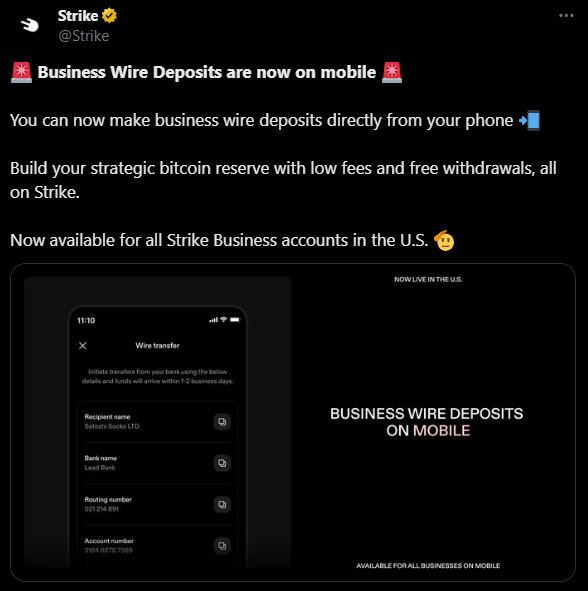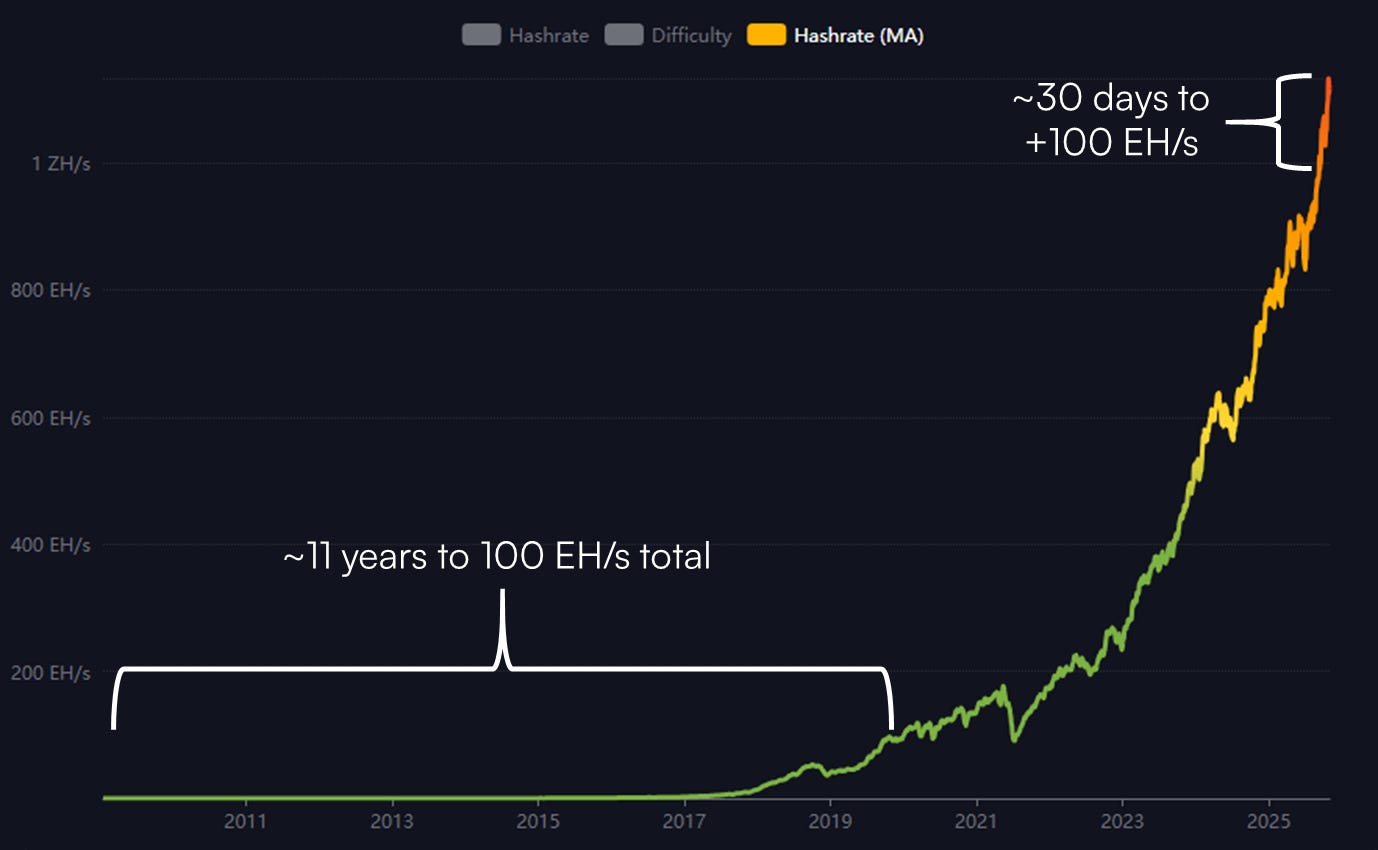Ten31 Timestamp 921,757
All eyes were on South Korea this week, as the long-awaited meeting between Presidents Trump and Xi finally took place at the APEC Summit on Wednesday. Naturally, Trump hailed the roundtable as a “12 out of 10” success, with China agreeing to roll back some of its rare earth export controls for one year and committing to several years of US soybean purchases in exchange for lower punitive tariffs related to fentanyl (though the agreement still leaves the all-in China tariff at close to 50%). Both leaders were all smiles after the event, but major questions including access to leading edge chips and the long-term path of rare earth production remained unanswered. Behind the scenes, both countries seem to be escalating moves to shore up their strategic positions, and we continue to keep our eyes on what this might mean for US fiscal and monetary policy heading into 2026 (assuming the federal government ever reopens). Fed Chairman Jerome Powell gave the market a bit of a surprise on that front as he suggested at this week’s FOMC meeting that another Fed Funds rate cut in December is far from a foregone conclusion, but with the central bank officially planning an end to Quantitative Tightening, a new (Trump-friendly) Fed Chair set to step up in roughly 6 months, banking system reserves getting tight, and more industrial policy deals stacking up every week on an increasingly fractured geopolitical game board, we still think the zoomed-out trajectory over the next 12-24 months looks fairly clear.
Portfolio Company Spotlight
Battery Finance is an asset management platform capitalizing on the many ways that bitcoin will impact traditional finance. Battery offers project finance vehicles with unique dual collateralization in the form of both underlying physical assets and bitcoin, as well as several additional strategies. All of the firm’s products aim to blend exposure to bitcoin’s upside with reduced medium-term volatility via project cash flows and the collateralization of traditional assets. Battery is a prime example of the “bitcoinization of finance” theme that Ten31 expects will become increasingly powerful over the coming decade.
As the world’s largest investor focused entirely on bitcoin, Ten31 has deployed over $200 million across two funds into more than 30 of the most promising and innovative companies in the ecosystem, and we expect 2025 to be the best year yet for both bitcoin and our portfolio. Visit ten31.xyz/invest to learn more and get in touch to discuss participating.
Selected Portfolio News
Fedi introduced a new automated method for setting up custody federations:
Strike added new mobile wire deposit capability for business accounts:
Fold announced a new bitcoin rewards promotion with Steak n Shake:
Media
Ten31 Managing Partner Jonathan Kirkwood and Battery Finance Founder Andrew Hohns joined TFTC to discuss BTC Development Corp, a new SPAC supported by Ten31 that aims to merge with a strong operating business that can benefit from various forms of bitcoin adoption.
Jonathan published a new piece this week thinking through how bitcoin plays into the ongoing digitalization of land, labor, and capital.
Ten31 Co-Founder and Managing Partner Grant Gilliam published an essay to commemorate Ten31’s namesake – Bitcoin White Paper Day, or 10/31 – which outlines Ten31’s unique and non-consensus approach to building a bitcoin investment platform.
Ten31 Managing Partner Marty Bent appeared on the What Bitcoin Did podcast to discuss a broad range of topics.
Strike Founder and CEO Jack Mallers joined Stephan Livera for a discussion on bitcoin-backed lending and Strike’s latest product updates at the Plan B Forum.
Fedi Founder Obi Nwosu joined the What Bitcoin Did podcast to dive into how bitcoin can impact and rework the global financial system.
Market Updates
Heading into the week, US Treasury Secretary Scott Bessent previewed that China was “ready to make a great deal” heading into the closely watched APEC Summit, and President Trump was similarly effusive coming out of the event, as the two sides agreed to lower fentanyl tariffs in exchange for a pause on some Chinese rare earth export controls and a large soybean deal.
Notably, the latest Five Year Plan released just ahead of the conference pointed to a continued emphasis on Chinese manufacturing dominance (as well as expansion into high-tech sectors), which suggests an ongoing fundamental conflict of visions with the Trump administration despite the headline progress this week.
In the US’s sphere, the party of Argentine President Javier Milei won a decisive victory in the weekend’s midterm elections, picking up a chunk of new seats in both Congressional houses. The victory for the Trump-friendly Milei should be a boost for the US’s influence in Argentina, which has become a proxy hotspot in the US-China conflict as the White House looks to consolidate influence in the Western Hemisphere.
Elsewhere in Latin American power games, various reports this week indicated the US is close to launching a strike against Venezuela, likely in an effort to depose the Maduro government. President Trump denied the claims, but the increasing US military maneuvers in the area seem worth monitoring.
Further away but still firmly in the US camp, President Trump indicated that the previously announced $350 billion mega-deal with South Korea has been finalized.
The deal – which will cap Korean investments at $20 billion per year – includes a $150 billion allocation for US shipbuilding efforts, which got another boost this week from a new agreement between South Korea’s industrial giant Hyundai Heavy Industries and Huntington Ingalls, the largest military shipbuilder in the US.
Meanwhile, Japan’s government council on metals and energy signed a new partnership pact with US company REalloys to develop alternative rare earth mineral supply chains.
Back stateside, the Federal Reserve cut its benchmark interest rate target by 25bps as expected this week. Chairman Jerome Powell’s remarks at the meeting pointed to an end to the central bank’s multi-year run of Quantitative Tightening in December, potentially paving the way to some form of balance sheet expansion shortly thereafter. However, Powell spooked markets a bit by suggesting that another rate cut in December – which consensus has generally baked in – is far from guaranteed.
As the Fed continues to tread cautiously with rates and balance sheet expansion, some signs of tightness in core funding markets continued to poke their heads out this week. SOFR – a key rate for interbank overnight lending – rose as high as 4.31% on Tuesday, above the established Fed rates corridor, an anomaly for periods outside of quarter-end. As of this writing, SOFR remains above the updated corridor ceiling established by Wednesday’s FOMC meeting.
In a related development, banking system reserves remained below the closely-watched $3 trillion level and continued to decline W/W, potentially exacerbated by the increasing buildup of the Treasury General Account amid the protracted government shutdown.
In a public appearance this week after the FOMC meeting, Fed Governor – and potential Powell replacement – Michelle Bowman reiterated that the Fed’s banking regulators are looking at various measures to ease bank lending, including changes to the Supplementary Leverage Ratio (SLR) rules and other statutory capital requirements. Bowman’s views on these regulations align neatly with public statements made by Treasury Secretary Bessent.
Just weeks after durably breaching the 1 zettahash per second level – which is to say one sextillion hashes per second – the bitcoin network has now added another 100 EH/s, equivalent to the entirety of network hashrate ~5 years ago (a value that the network took 11 years to achieve). As a wise man once said: if you’re not paying attention, you probably should be.
Regulatory Update
A French politician (from a minority party with just a few seats in the National Assembly) proposed a bill for the country to buy 2% of bitcoin’s supply over the next 8 years. Meanwhile, AFD – Germany’s second-largest opposition party – put forth a similar proposal.
Treasury Secretary Scott Bessent posted a tweet commemorating the anniversary of the bitcoin white paper’s publication. While this is likely just some easy red meat for the bitcoin constituency, it’s noteworthy that such a statement even seems politically worthwhile.
A US Circuit Court upheld the denial of a Fed master account to bitcoin-friendly Custodia Bank in a 2-1 vote.
Noteworthy
Former Trump administration economic advisor Judy Shelton published an op-ed in the Wall Street Journal this week calling for gold-backed Treasury bond issuance in order to “shore up the dollar.” Ms. Shelton is a sound money OG, but we humbly submit our proposal for an improved version of this idea.
Ratings agency S&P Global assigned its first issuer rating to Strategy this week, publishing a “B-” view (i.e. sub-investment grade) on the world’s largest bitcoin treasury company due to MSTR’s concentration in bitcoin and “weak risk-adjusted capitalization.” The agency did not publish any rating on the company’s preferred equity offerings, which many bulls have been eagerly awaiting.
OpenSats published a report on recent advancements in bitcoin and lightning wallets.
Recently orange-pilled burger chain Steak n Shake announced its own bitcoin treasury program, as well as a new recurring donation program to OpenSats.
Travel
Labitconf, Nov 7-8






